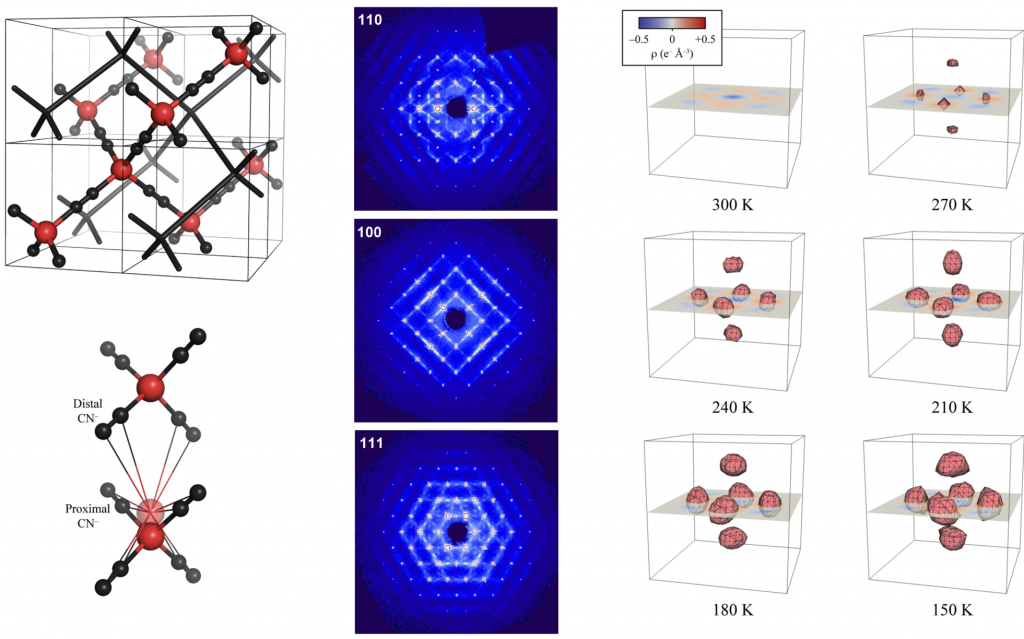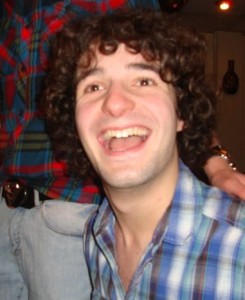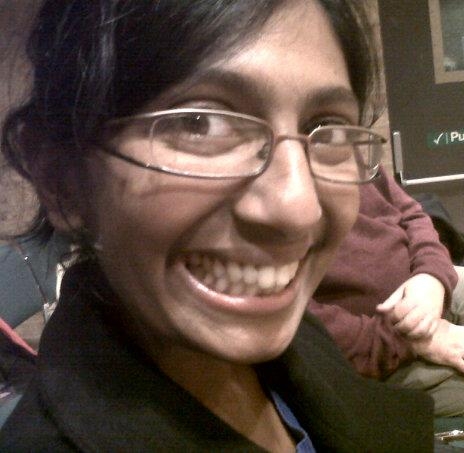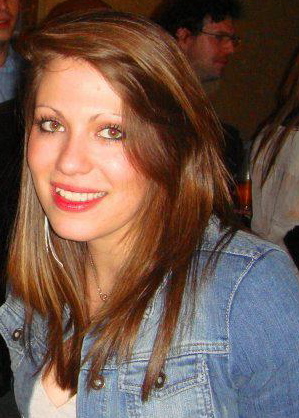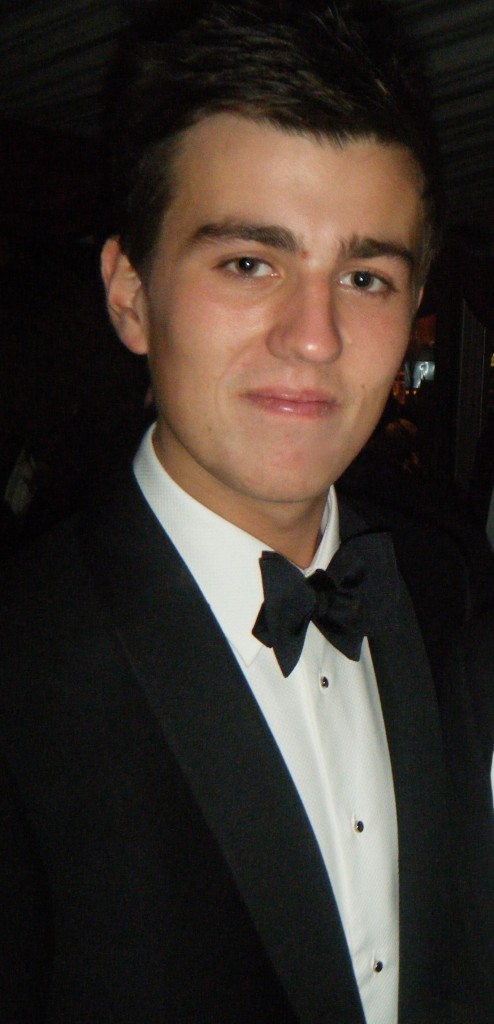This report of Karim’s and Will’s Quizmastery last Wednesday was written by the Royal Blenheim Barman and posted on their website:
“The quiz last Wednesday was written Karim & Will, with a little help from Will’s dad (they say tutor, but I’m going with dad). It was their first time setting the Blenheim quiz and they did very well, judging the level accurately, apart from the connection round. We were incredibly well attended with 12 teams taking part, all of which getting gradually annoyed at the compilers sway towards a certain boyband!
The Handout Rounds were ‘Google doodles’, celebrities drawn on toast with Marmite and a ‘Get the Picture’ of the members of the boyband (is boyband 1 or 2 words? – Who cares? – Ed) One Direction. The sound rounds were the top 5 YouTube videos and covers of songs, some of which I’d never heard of. Us oldies did struggle a little.
My favourite question was the ‘if you were’ question of 200m from the 3 Goats Heads, 70m from All Bar 1, 400m from the 4 Candles and 30m from Next 2 Nothing, in which Oxford business would you be? The answer being Pie Minister which would have been obvious if you notice that the numbers in the business stated were 3.142!
The quiz was won controversially by the quiz setters own team (hmmmmmmm?). The cheese won by a regular team who were not strong enough to hold back a very hungry French woman: she ate all their cheese, haha! The money, £180, was also won by Pembroke JCR.
The next quiz is being written by me. It is being held on Hallowe’en so expect it to be themed!
See you Wednesday, true believers!“
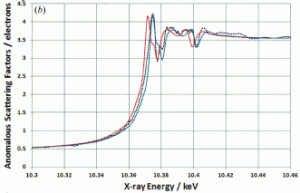 Overlapping absorption edges will occur when an element is present in multiple oxidation states within a material. DetOx is a program for partitioning overlapping X-ray absorption spectra into contributions from individual atomic species and computing the dependence of the anomalous scattering factors on X-ray energy. It is demonstrated how these results can be used in combination with X-ray diffraction data to determine the oxidation state of ions at specific sites in a mixed-valance material, GaCl2 .
Overlapping absorption edges will occur when an element is present in multiple oxidation states within a material. DetOx is a program for partitioning overlapping X-ray absorption spectra into contributions from individual atomic species and computing the dependence of the anomalous scattering factors on X-ray energy. It is demonstrated how these results can be used in combination with X-ray diffraction data to determine the oxidation state of ions at specific sites in a mixed-valance material, GaCl2 .
